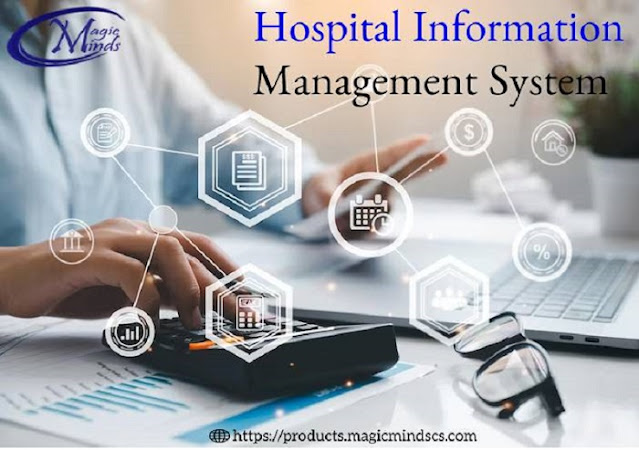The Benefits of a Laboratory Information Management System (LIMS)
Streamlining the laboratory processes and enhancing the efficiency of workflow is critical for the success of any lab. This is why laboratory informationmanagement systems (LIMS) have become increasingly popular in recent years. With LIMS, labs can automate their processes and save time and resources, as well as improve the quality and accuracy of their data.
In this article, we will explore the benefits of
using laboratory information management systems and why labs should consider
implementing one.
A laboratory
information management system, or LIMS,
is a software-based solution designed to manage and automate laboratory
operations. LIMS can manage various aspects of lab operations, including sample
tracking, data management, and reporting. It can also integrate with other
laboratory instruments and software, such as laboratory equipment and laboratory information systems (LIS).
Read Also:- The Advantages ofImplementing a Pharmacy Management System
LIMS allows labs to standardize their processes
and manage the entire laboratory workflow, from sample receipt to final results
reporting. This enables labs to operate more efficiently and effectively, as
well as minimize the risk of errors and inconsistencies.
Benefits of Using a Laboratory Information Management System
Improved Data Management and Quality Control
With LIMS, labs can manage their data in a
centralized location, reducing the risk of data errors and inconsistencies. LIMS can also improve the accuracy and
completeness of data by ensuring that all data is entered correctly and all
necessary information is included. This can help labs comply with regulatory
requirements and ensure data quality for downstream analysis.
LIMS can also automate data analysis and
reporting, which saves time and reduces the risk of human error. By automating
these processes, labs can free up valuable resources to focus on other critical
tasks.
Enhanced Laboratory Efficiency and Productivity
LIMS
can automate many manual processes, including sample tracking, data entry, and
instrument calibration. This automation reduces the time and resources required
to perform these tasks manually, allowing labs to operate more efficiently and
effectively.
LIMS
can also improve laboratory productivity by streamlining the workflow and
reducing the time required to perform each task. This enables labs to process
more samples and deliver results faster, which can be critical in a clinical or
research setting.
Improved Communication and Collaboration
LIMS
can improve communication and collaboration within and across labs by enabling
users to access data and share information easily. LIMS can also facilitate
collaboration between labs by allowing users to share data and workflows with
other labs or external partners.
Increased Regulatory Compliance
LIMS can help labs comply with regulatory
requirements, such as Good Laboratory Practices (GLP) and Clinical Laboratory
Improvement Amendments (CLIA). By automating processes and standardizing
workflows, LIMS can ensure that labs meet regulatory requirements and produce
high-quality data that can be used for downstream analysis and reporting.
Cost Savings
By reducing manual processes, improving
efficiency, and minimizing the risk of errors, LIMS can save labs time and
resources. This can result in significant cost savings over time, especially in
high-throughput labs where automation can significantly increase productivity.
Conclusion
Implementing a laboratory information management system can offer numerous
benefits to labs, including improved data management and quality control,
enhanced laboratory efficiency and productivity, improved communication and
collaboration, increased regulatory compliance, and cost savings. LIMS can be a
valuable tool for labs in various industries, including clinical, research, and
industrial laboratories.
When selecting a LIMS system, labs should
consider their specific needs and requirements, as well as the features and
capabilities of different LIMS solutions. By selecting the right LIMS system,
labs can optimize their workflow, improve data quality, and achieve their goals
more efficiently and effectively.
.jpg)


Comments
Post a Comment